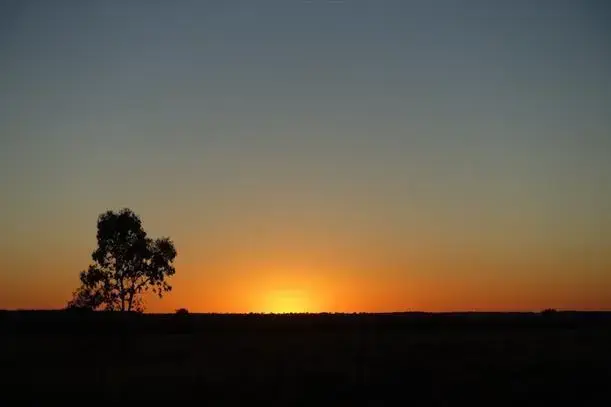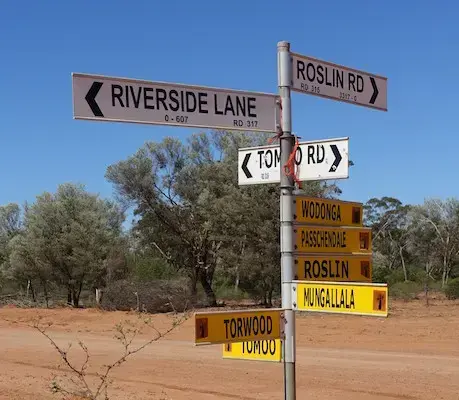‘The Glenelg Story’
Continuous Improvement of the Farm Resource
A REGENERATIVE AGRICULTURE CASE STUDY
PERMANENT PASTURE IN A SEMI-ARID LAND
This is a common story in the history of Queensland farming, but it’s an inspirational story too. It’s a story of persistence, resourcefulness and resilience, self-sufficiency, acute observation of nature, the adoption of practical and cost-effective innovations and resilience to droughts and floods due to the property’s conservative grazing system.
Soils For Life has chosen Glenelg as a case study because it presents strong arguments for conservative stocking, comprehensive ground cover, soil hydrology and available water, thus preserving soil and biodiversity. The result is a profitable and productive enterprise. Our study took place when Glenelg had been in drought for 6 years.
Glenelg, Mungallala QLD
FARM FACTS
ENTERPRISE: Cattle. Certified organic beef cattle breeding, backgrounding and fattening
PROPERTY SIZE: 7900 hectares, 3000 hectares farmable
AVERAGE ANNUAL RAINFALL: 700 mm
ELEVATION: 300m
MOTIVATION FOR CHANGE: Inputs and maintenance costs exceeding production returns
INNOVATIONS
- Comprehensively monitored and measured time-controlled cell grazing
- Soil improvement using biodynamic methods
- All organic management
- Innovations commenced: 1993
KEY RESULTS
- 30% productivity increase with gross margins between $64-$113 per hectare
- Higher yields on revegetated brigalow paddocks than cleared paddocks
- Increased water availability due to increased rainfall infiltration and reduced losses to evaporation
INTRODUCTION
This is hard country – prone to desertification – but the Chambers family saw that it could be profitable with some major changes, including the introduction of Buffel grass (Cenchrus ciliaris), an exclusion fence and a commitment to permanent pasture cover.
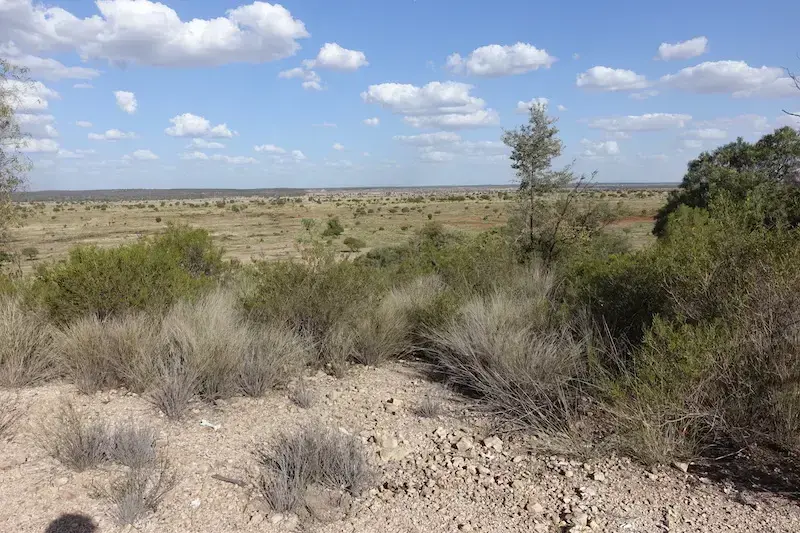
Glenelg is near Mungallala, in a semi-arid part of Australia with pastoral activities being the dominant land use. Most rain falls in the summer months. The main pre-1750 (pre-European) vegetation types were Poplar Box, False Sandalwood, Wilga and various acacias, notably Mulga, Bendee and Bowyakka. The property carries sheep and cattle, with kangaroos contributing to total grazing pressure.
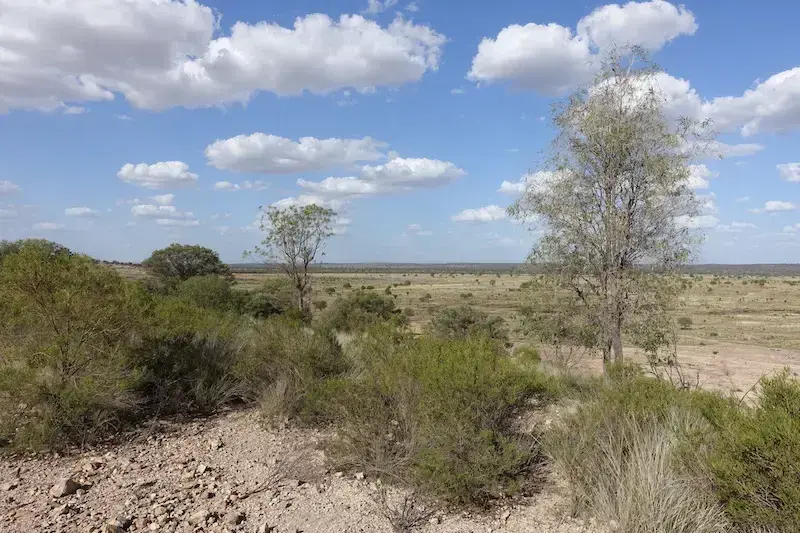
In line with State Government extension advice at the time, large areas of Glenelg were cleared by pulling a chain between two bulldozers from 1978 to 1981, and again in 1989, to control regrowth and promote pasture growth. These practices helped make the property a viable grazing operation and can be compared with many other properties in similar landscapes in Queensland and New South Wales where “woody weeds” rendered much of the landscape only suitable for goats.
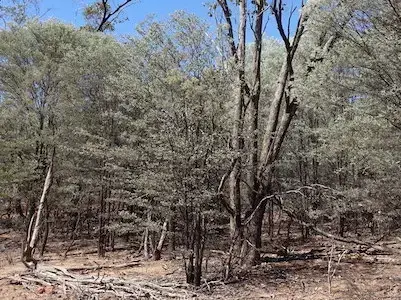
During the 1980s, poisoning by Pimelea (probably P. trichostachya – Flaxweed, Spiked Riceflower) led to the loss of cattle. The maintenance of good ground cover was found to control the problem. In the late 1980s, Buffel grass (Cenchrus ciliaris) became well established over much of the property. This is in line with existing pastoral practice across large areas of northern and arid Australia.
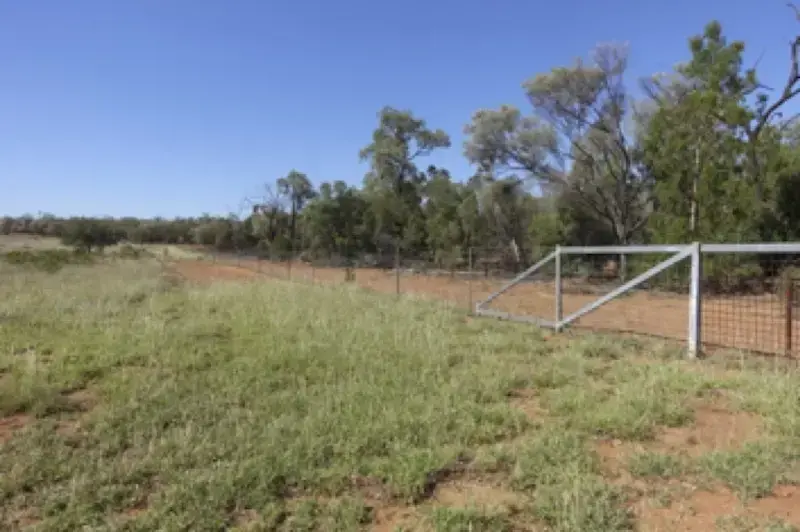
Between 2014 and 2017, the Chambers constructed an exclusion/predator proof fence around the property. Kangaroos were herded off the property before sealing the fence and the remaining population was controlled and maintained at a sustainable level. This has resulted in a dramatic reduction in total grazing pressure and improved maintenance of pasture cover. The parts of the fence across Mungallala Creek are hinged, such that the fence lies flat in floods and can be easily restored to vertical afterwards.
This is a story of persistence and resourcefulness of the Chambers family (Harry and later Graham and Jan) over five decades on Glenelg station, Mungallala. The property exhibits remarkable resilience to the current drought – even posting a profit in adverse circumstances.
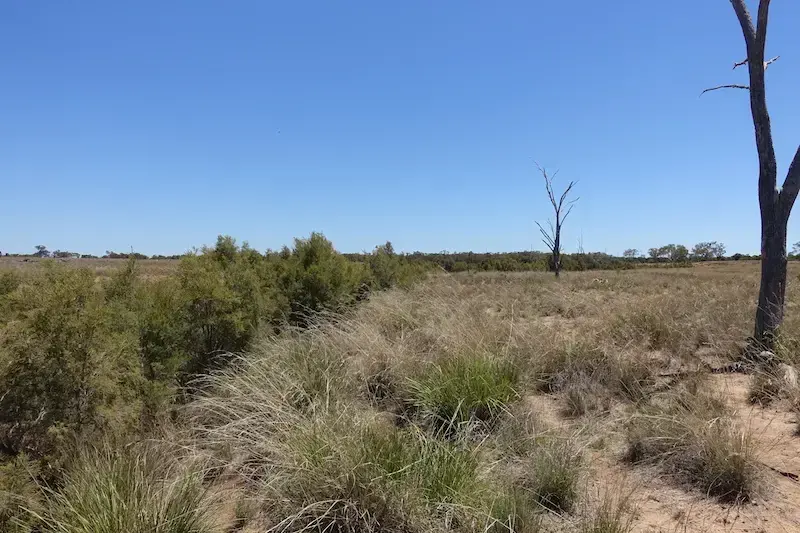
THE GLENELG STORY
In line with State Government extension advice at the time, large areas of Glenelg were cleared by pulling a chain between two bulldozers from 1978 to 1981, and again in 1989, to control regrowth and promote pasture growth.
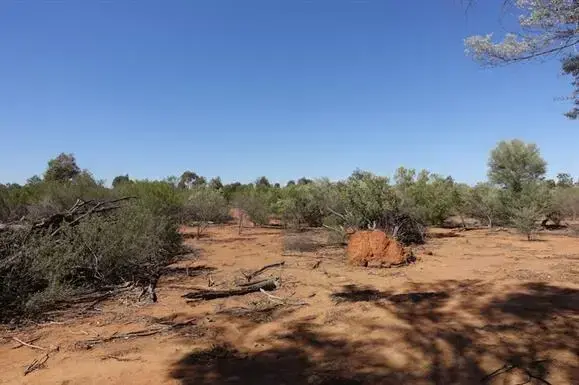
ECOLOGICAL HEALTH
This ecological assessment commences in 1970, when Harry Chambers purchased the first parcel of Glenelg.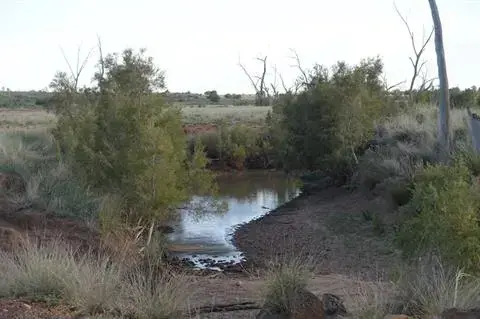
ECONOMIC HEALTH
The Chambers’ deliberate decision to maintain a consistent level of productivity through conservative stocking rates has translated into improved profitability despite poor seasonal conditions.
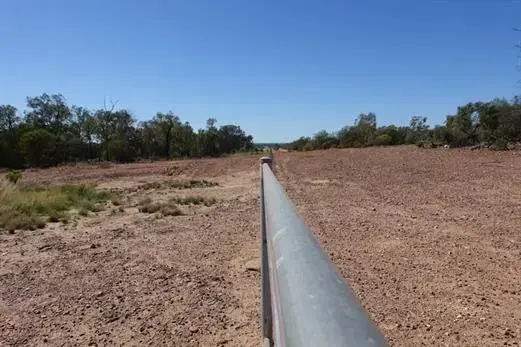
HEALTH AND WELLBEING
For Jan and Graham Chambers, 2019 is looking good, with the expectation of a bumper profit in this tax year.
